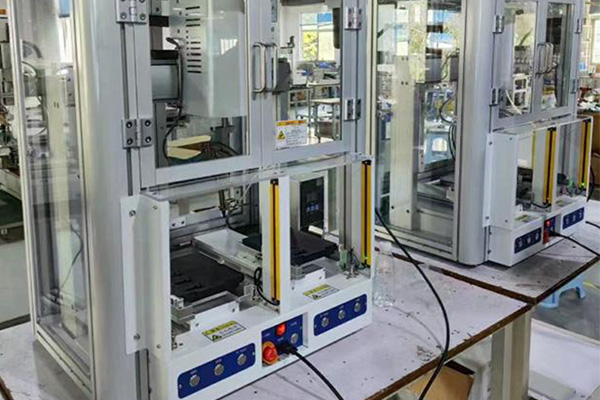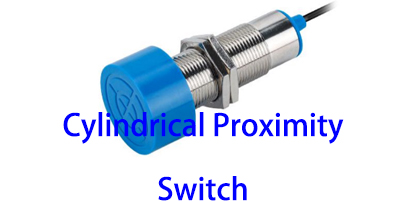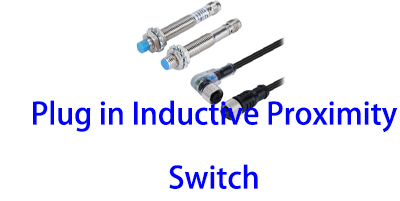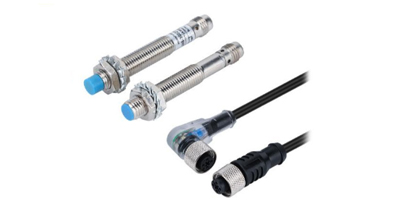Real-time and response time optimization of safety light curtain systems
 13 Mar 2024 click : 382
13 Mar 2024 click : 382Optimizing the real-time and response speed of safety light curtain systems is critical, especially in applications that require rapid response, detection and control, such as industrial automation and machine safety systems. Here are some ways to optimize real-time and responsiveness:
1. High Frame Rate: Increasing the frame rate of a safety light curtain system increases the ability to respond quickly to changes. Higher frame rates mean more frequent data updates, helping to detect and act on changes in a timely manner.
2. Hardware Acceleration: Acceleration is performed using specialized hardware, such as FPGAs (Field Programmable Gate Arrays) or ASICs (Application Specific Integrated Circuits) to perform the processing and parsing of safety light curtain data. Hardware acceleration can significantly increase the speed of algorithm execution.
3. Parallel Processing: Utilizing parallel processing techniques, the processing task of safety light curtain data is broken down into multiple concurrently executing sub-tasks to increase the overall data processing speed.
4. Fast transfer interfaces: Use high-speed transfer interfaces such as Fast Ethernet, USB 3.0/3.1 or other specialized transfer protocols to ensure that raster data can be transferred quickly within the system.
5. Low-latency communication: Use low-latency communication protocols and communication methods to minimize delays in data transmission and processing. This is especially important for applications requiring high real-time performance.

6. Algorithm optimization: Reducing computational complexity and increasing the efficiency of algorithm execution through improved algorithm design and optimized algorithm implementation. This may include using more efficient algorithms, reducing unnecessary computational steps, etc.
7. Fast Optical Components: Select optical components with fast response times, such as fast response sensors, photodiodes, etc., to ensure rapid capture of optical signals.
8. Pre-processing and filtering: some simple pre-processing and filtering before data acquisition to reduce the burden of subsequent data processing and reduce unnecessary information.
9. Real-time Adjustment of Parameters: Allows real-time adjustment of system parameters to suit different environmental conditions or application requirements. This allows the system to be optimized as needed at runtime.
10. System integration optimization: to ensure that the safety light barrier system and the rest of the entire system is efficiently integrated to avoid bottlenecks and performance bottlenecks.
In practice, these factors need to be taken into account and system performance verified using real-time and responsiveness testing. By using a combination of hardware and software level optimization, you can achieve efficient performance of the safety light curtain system in real-time applications.





